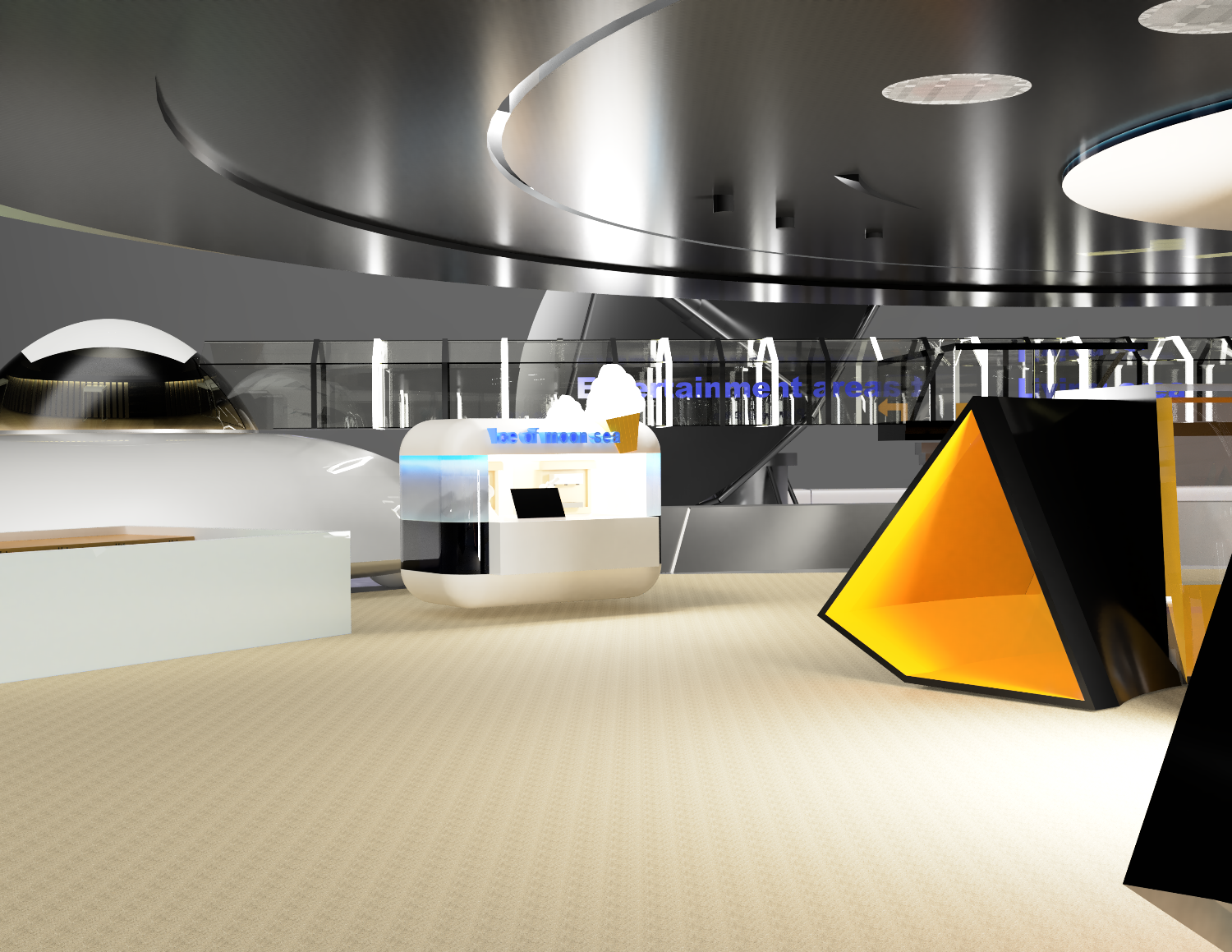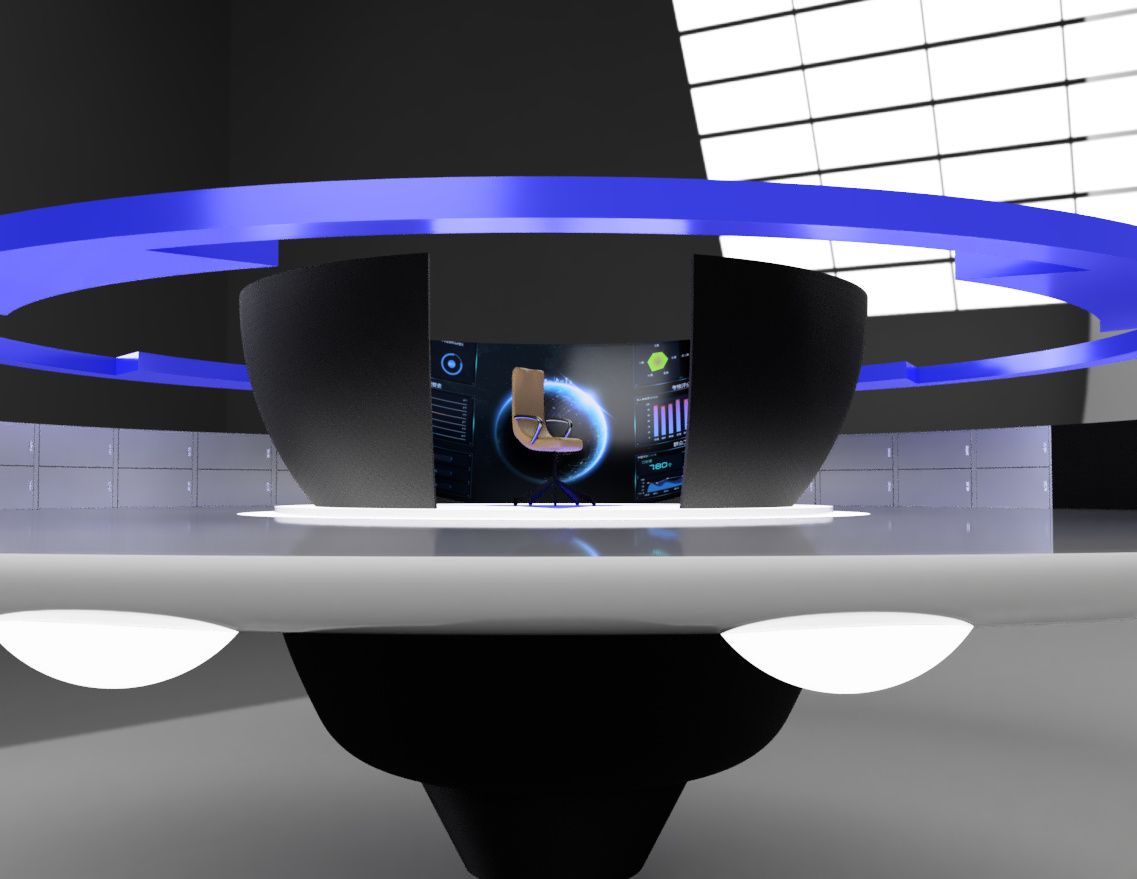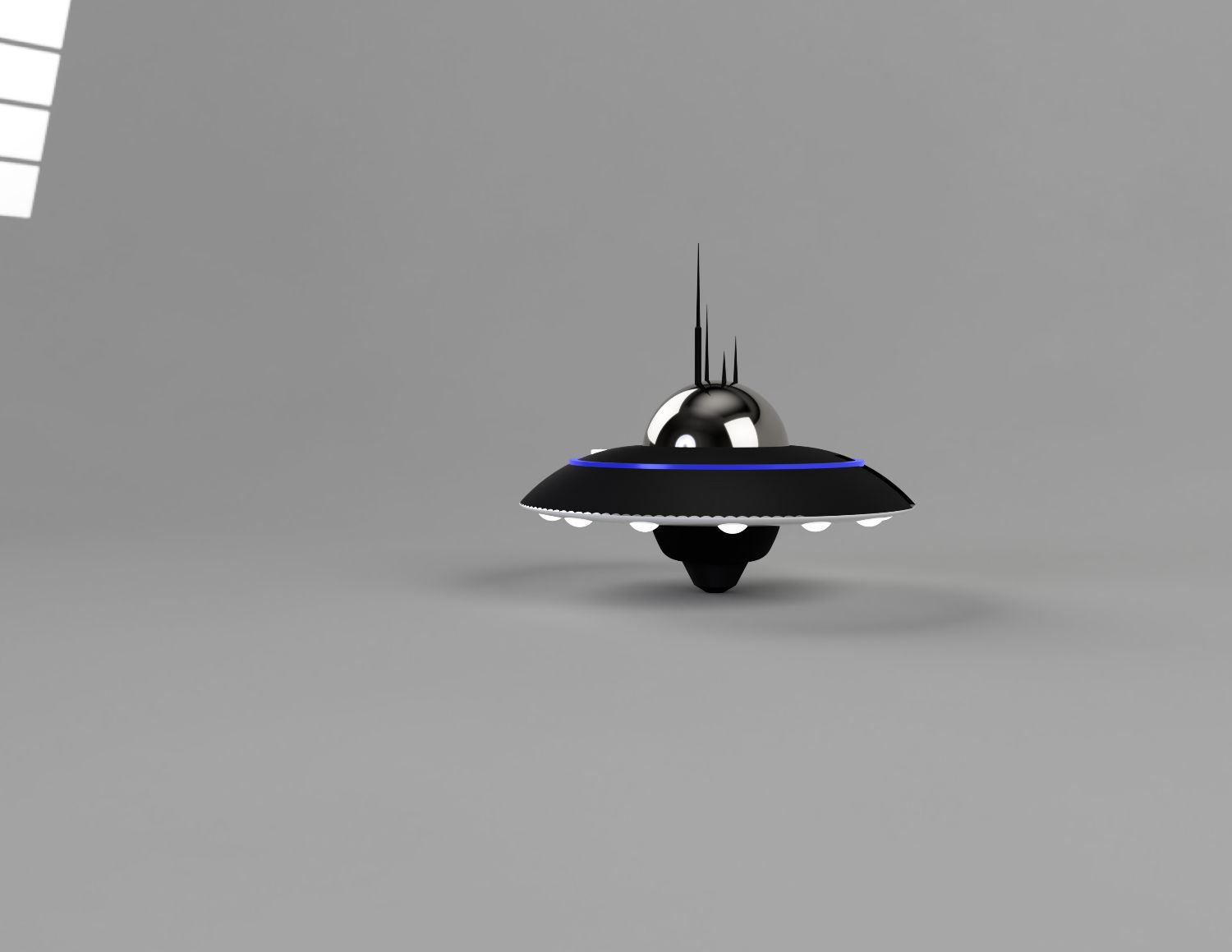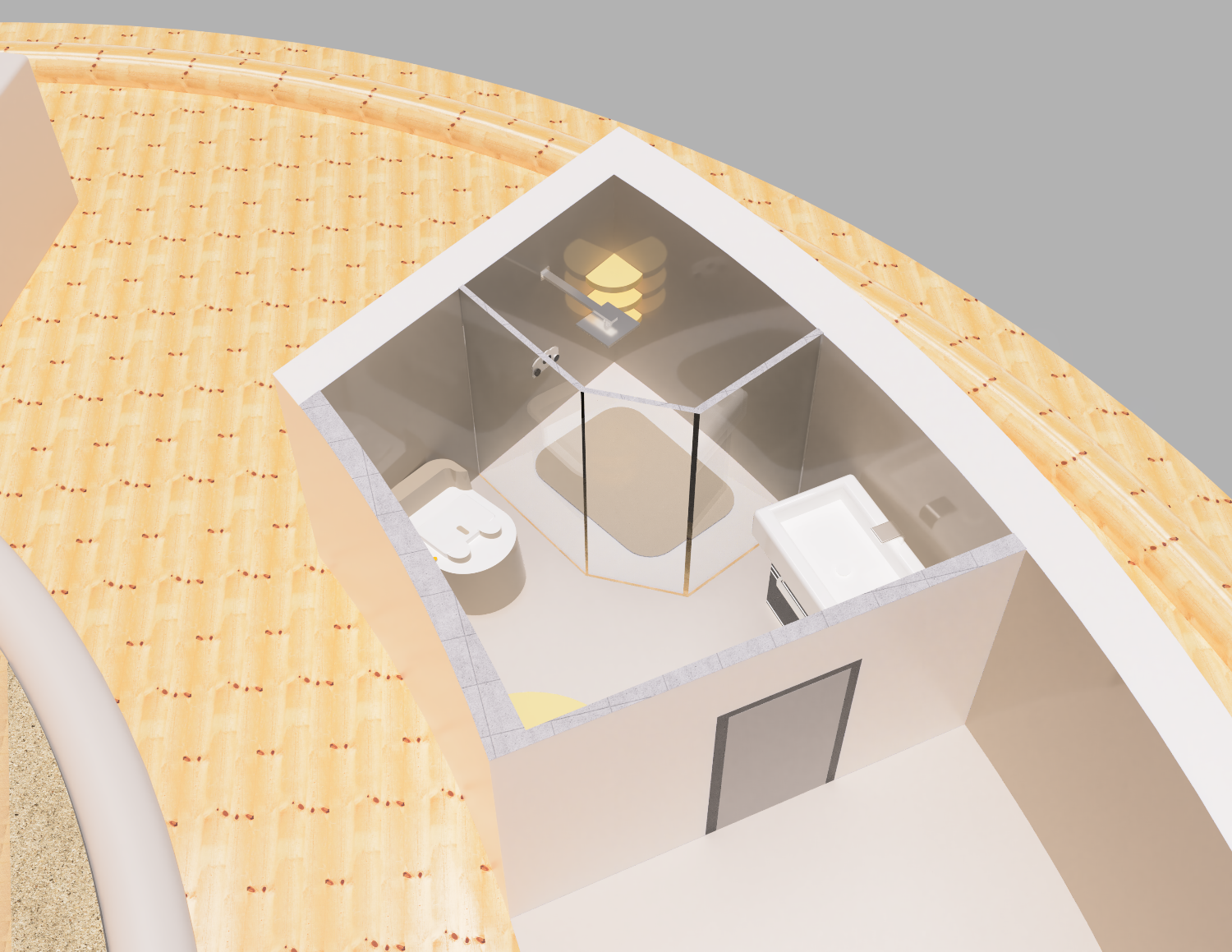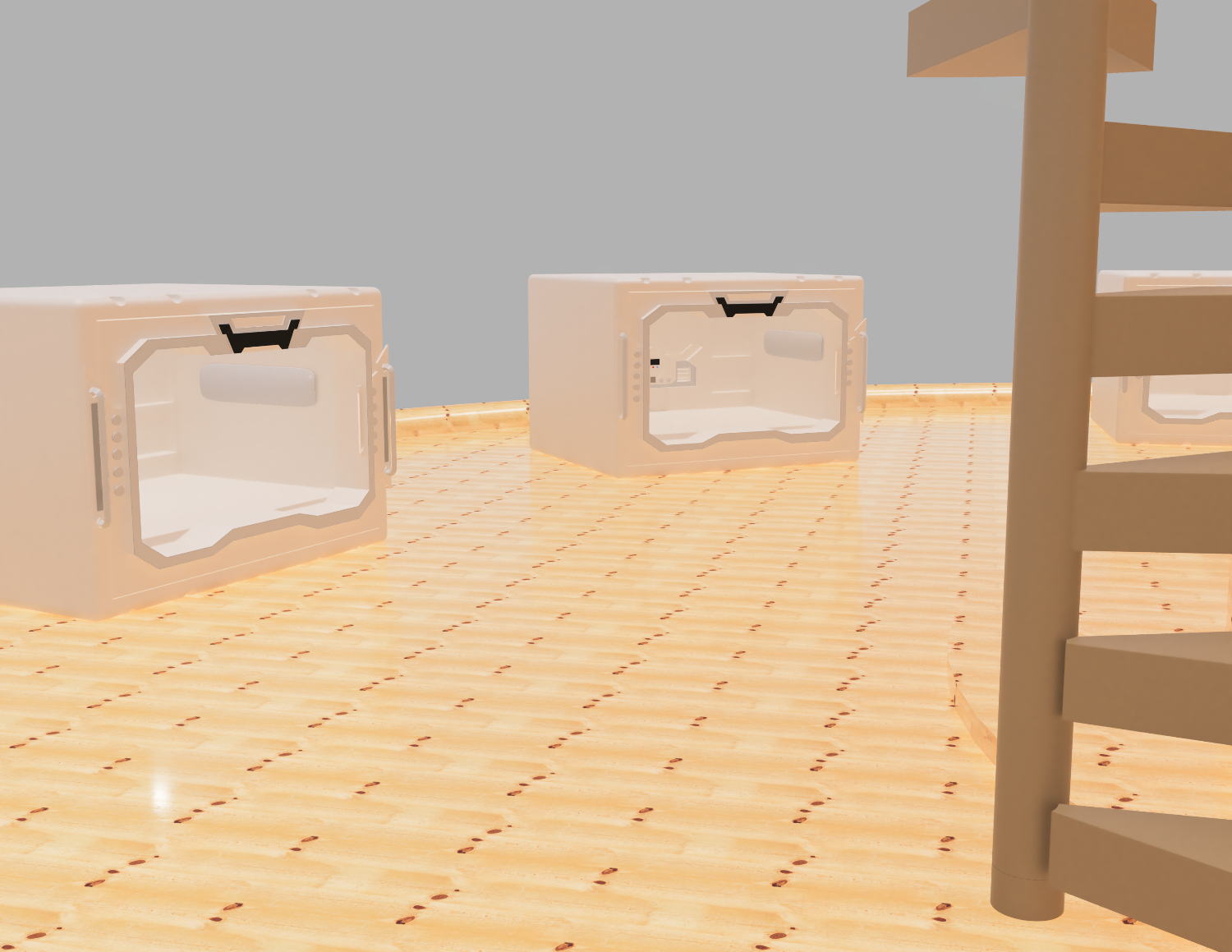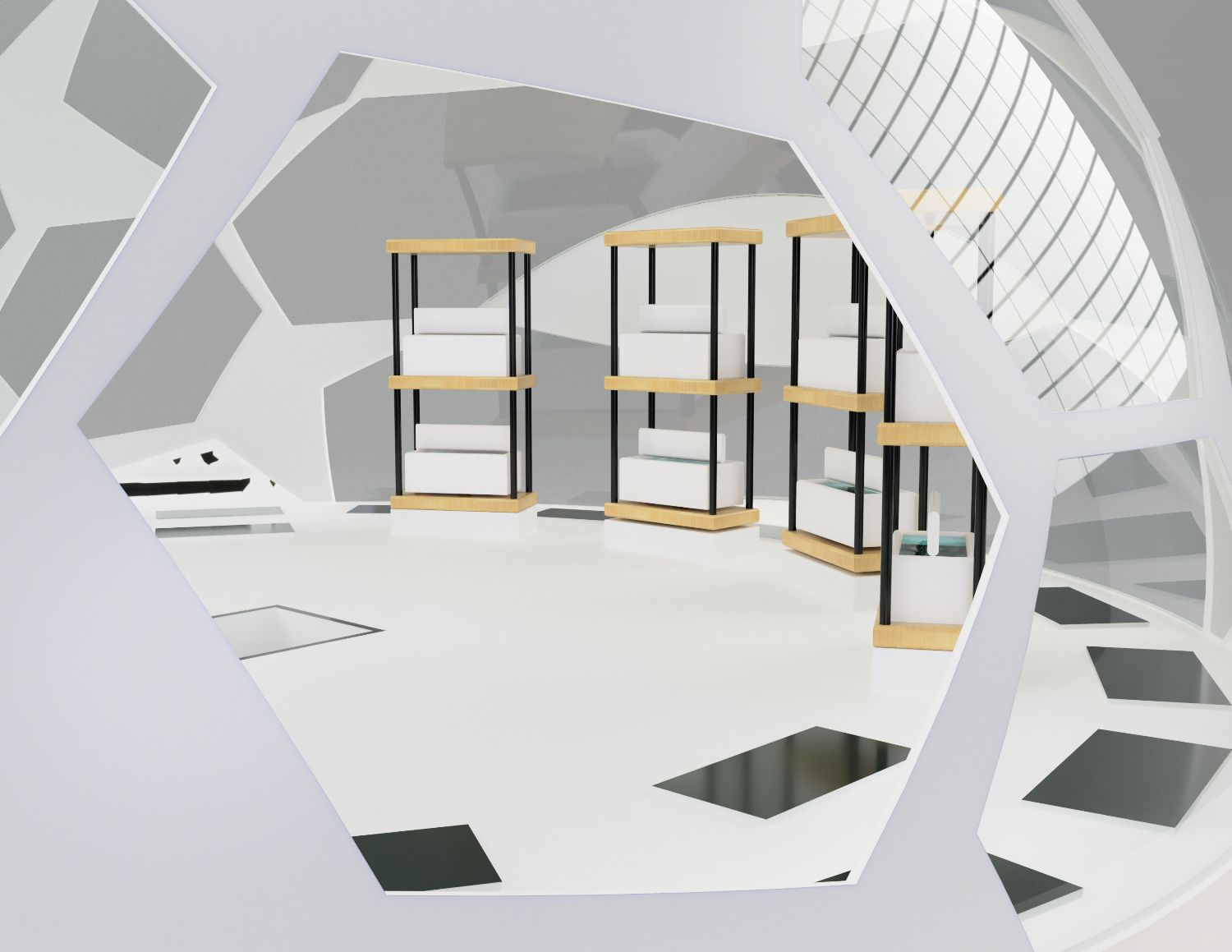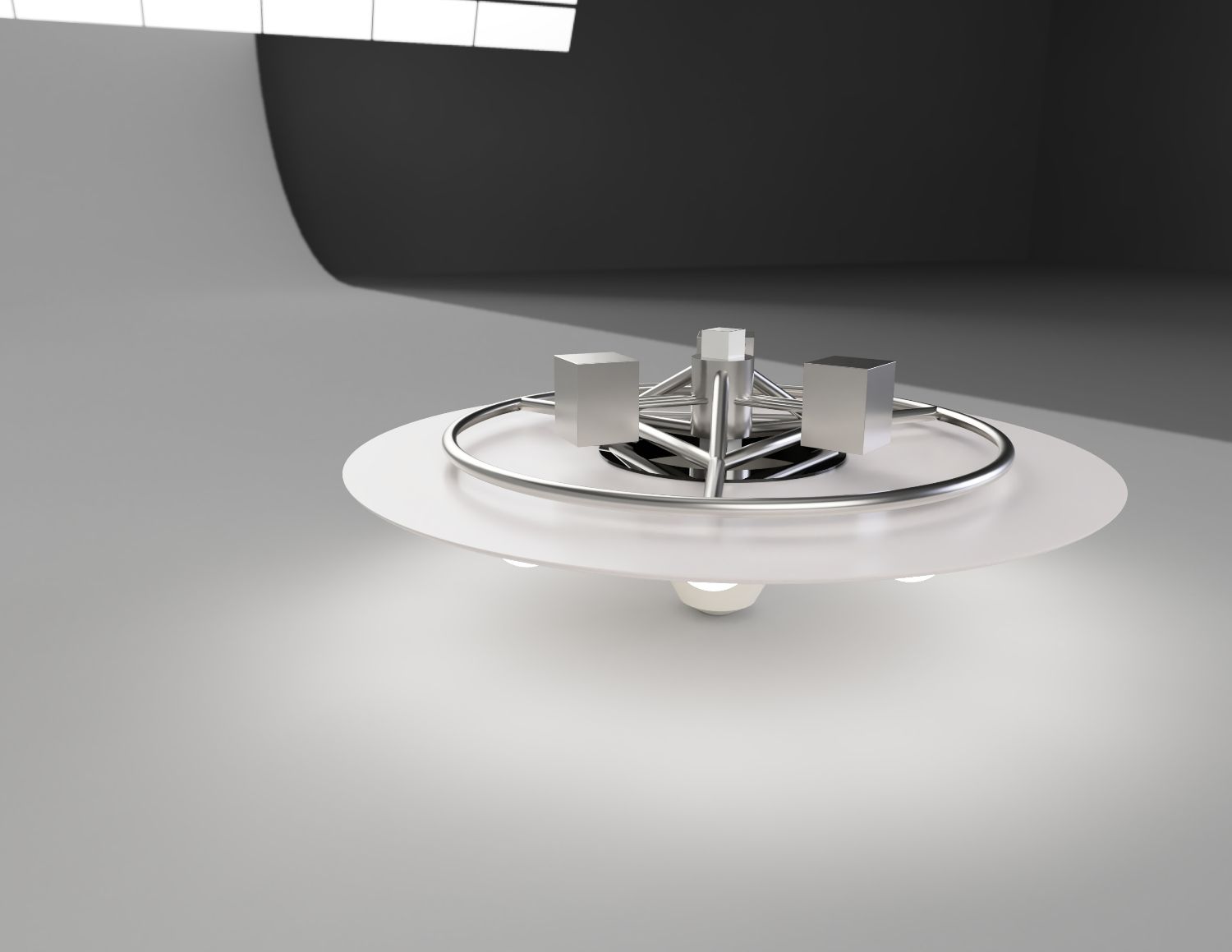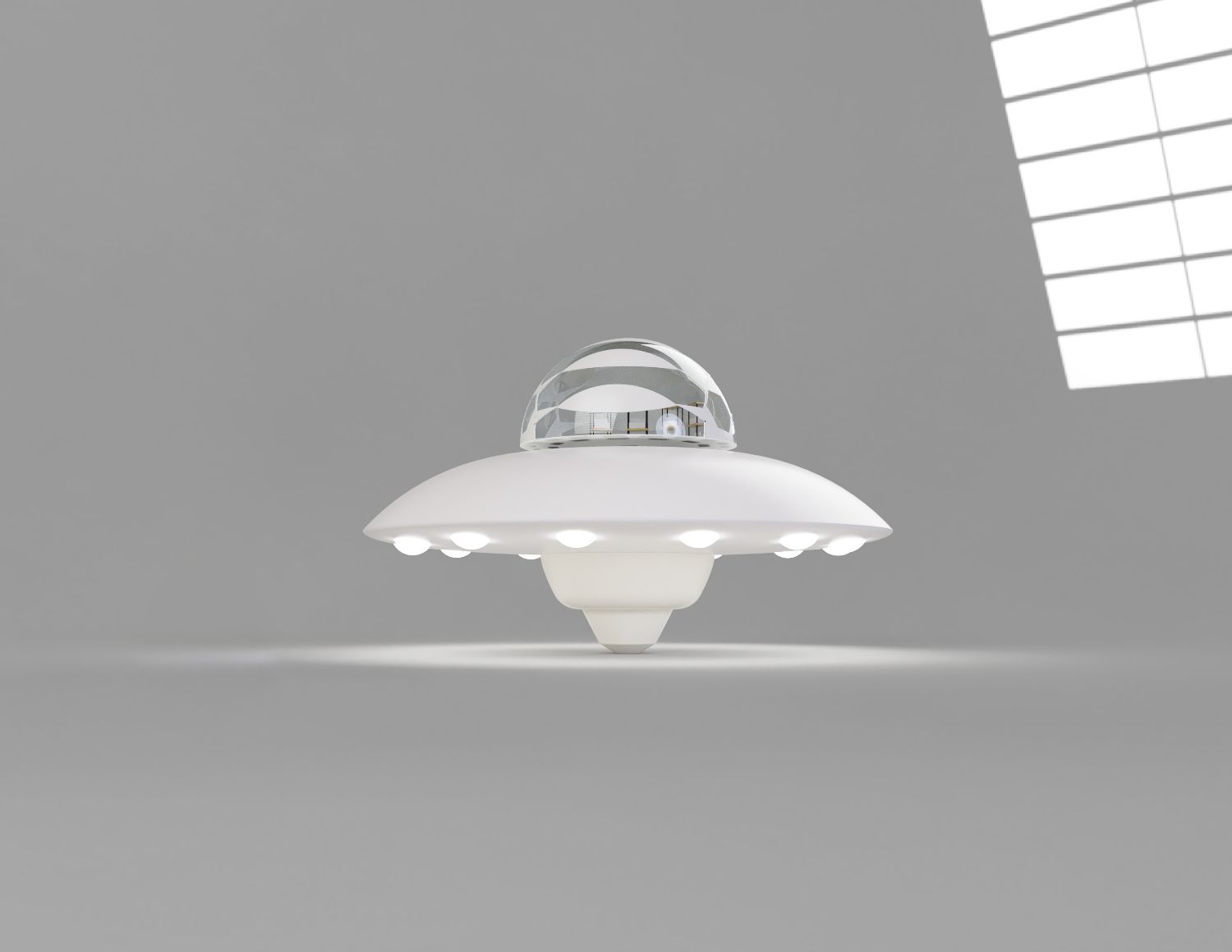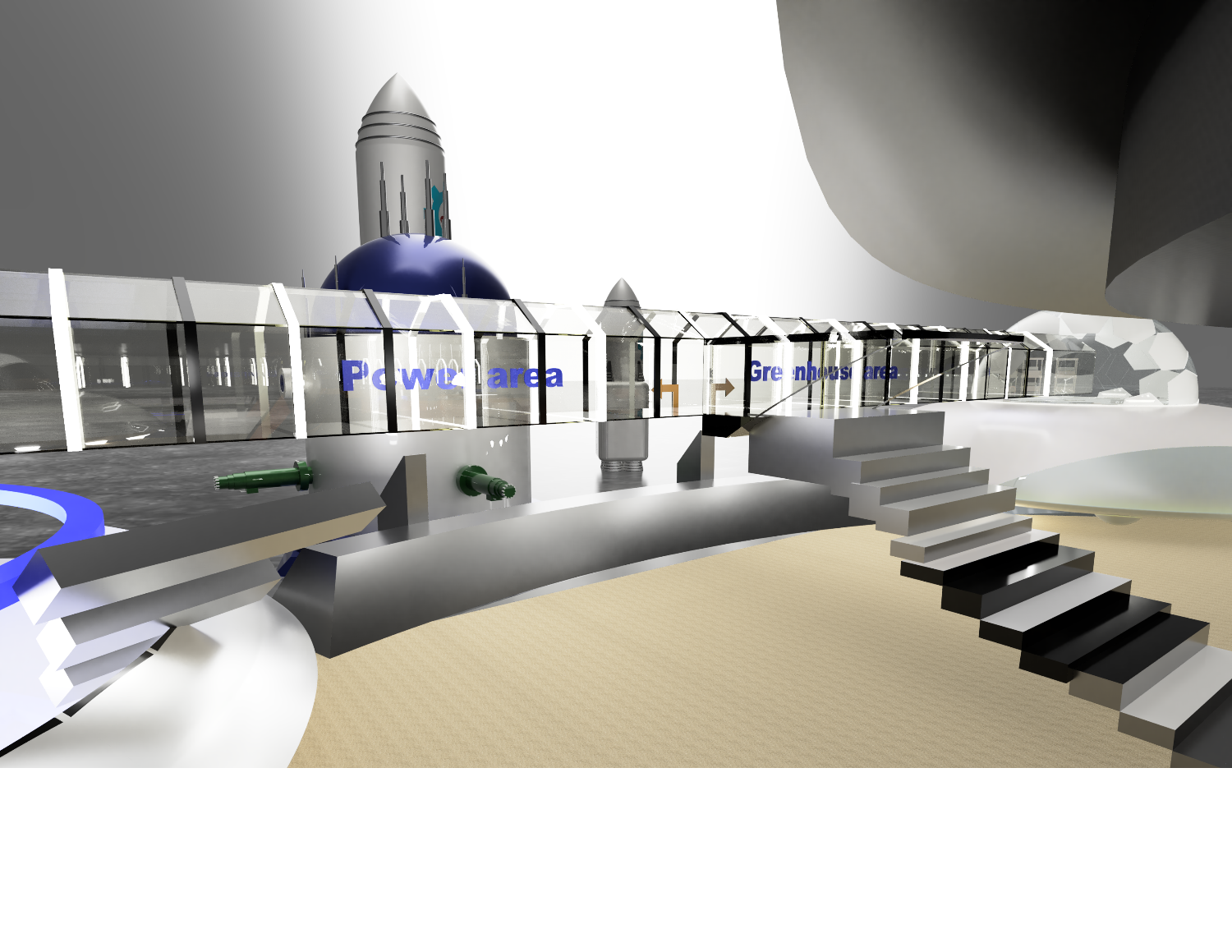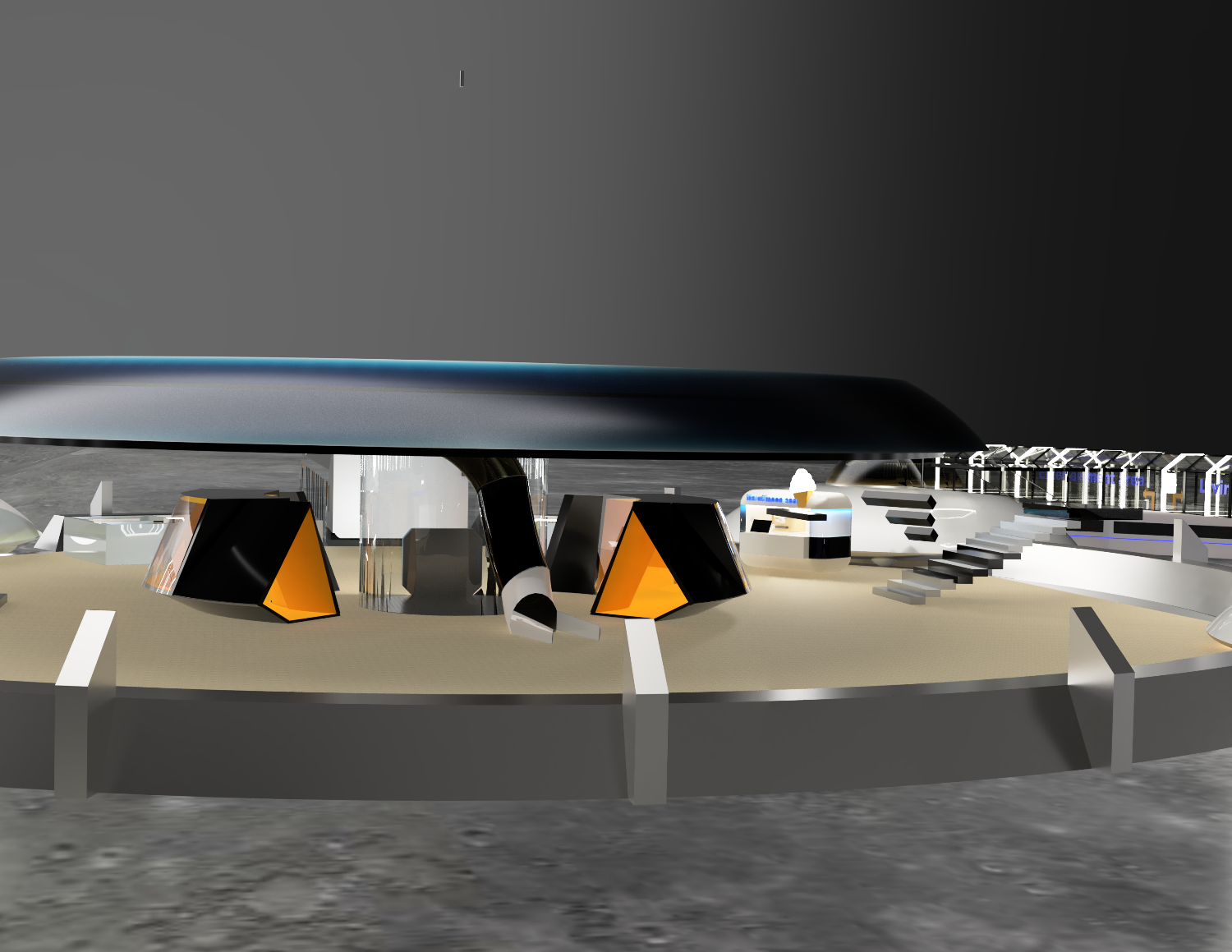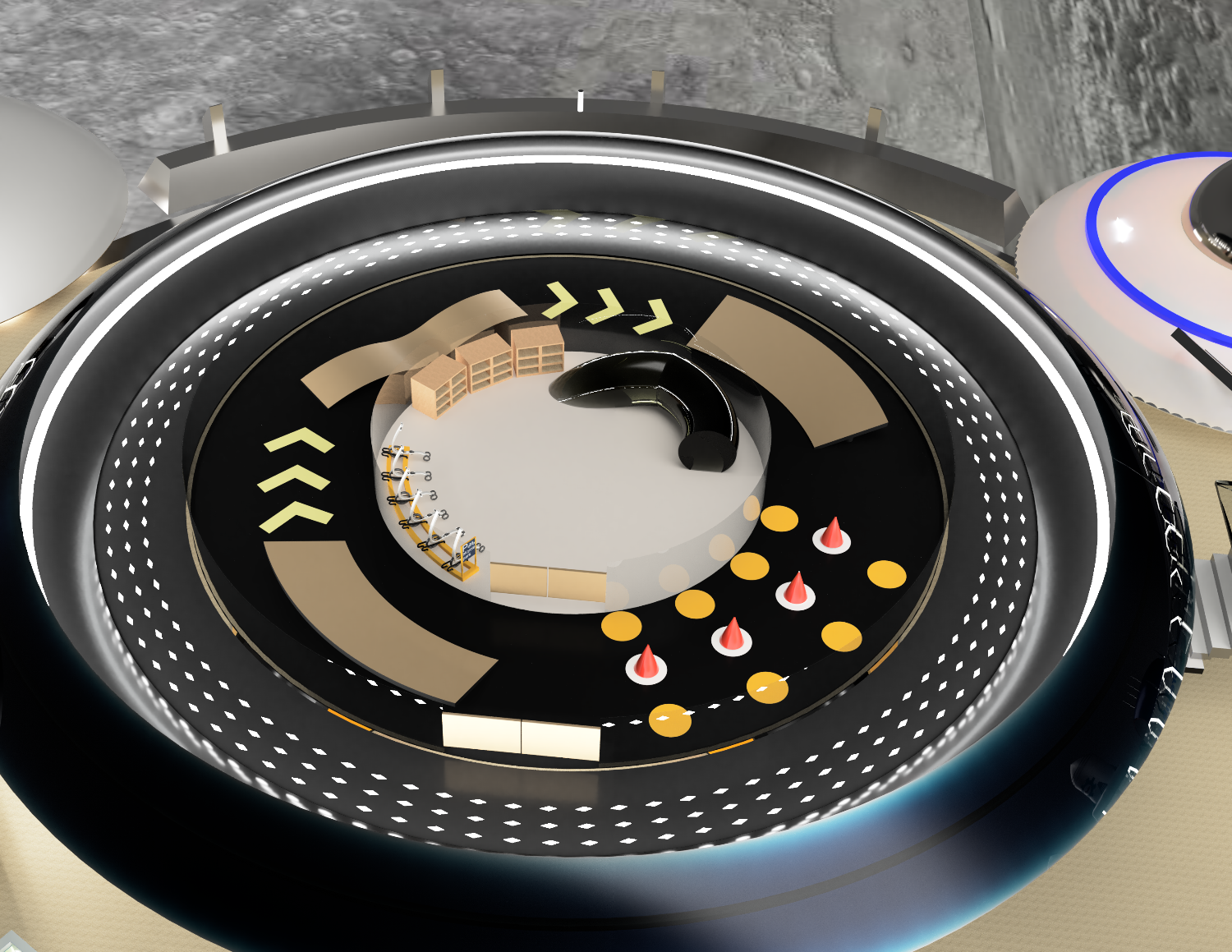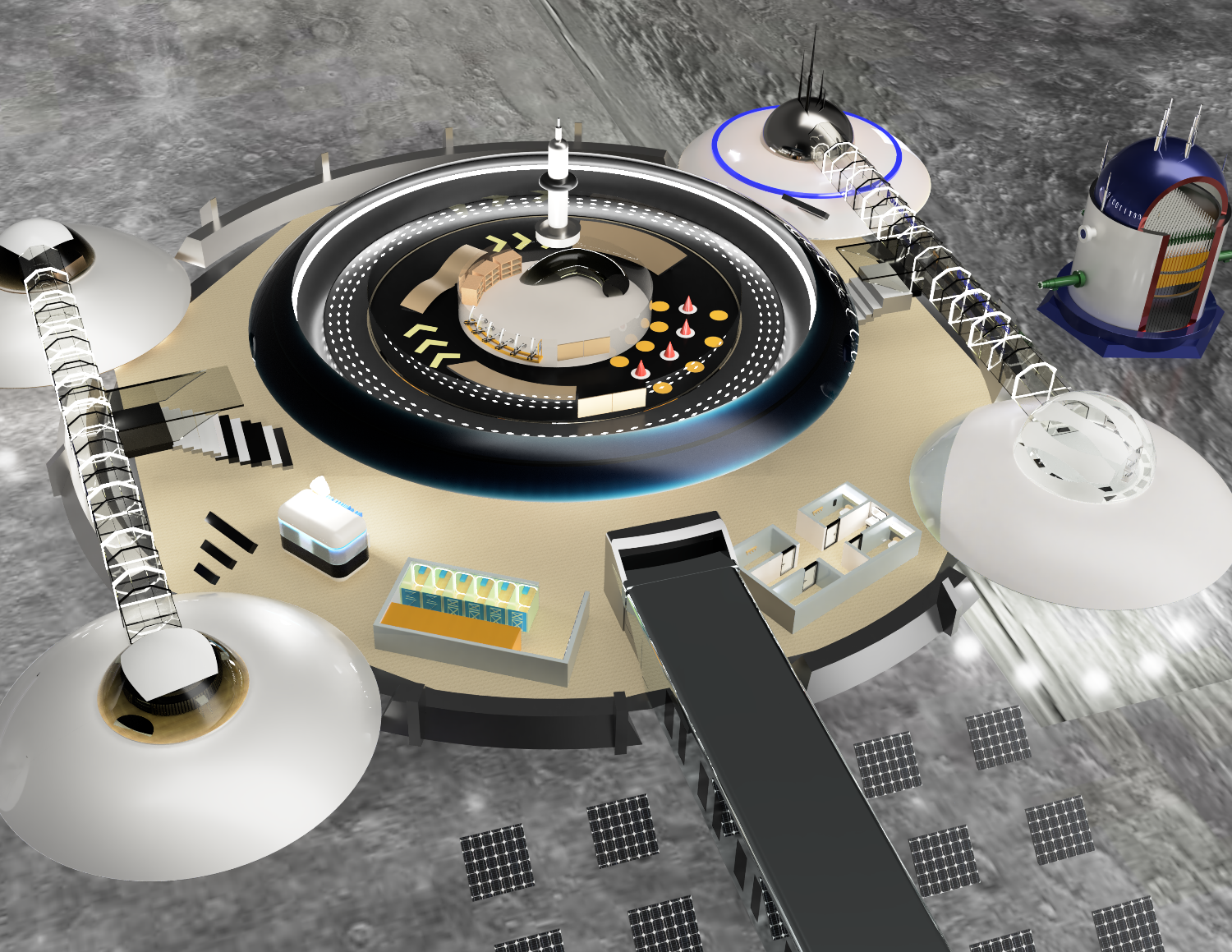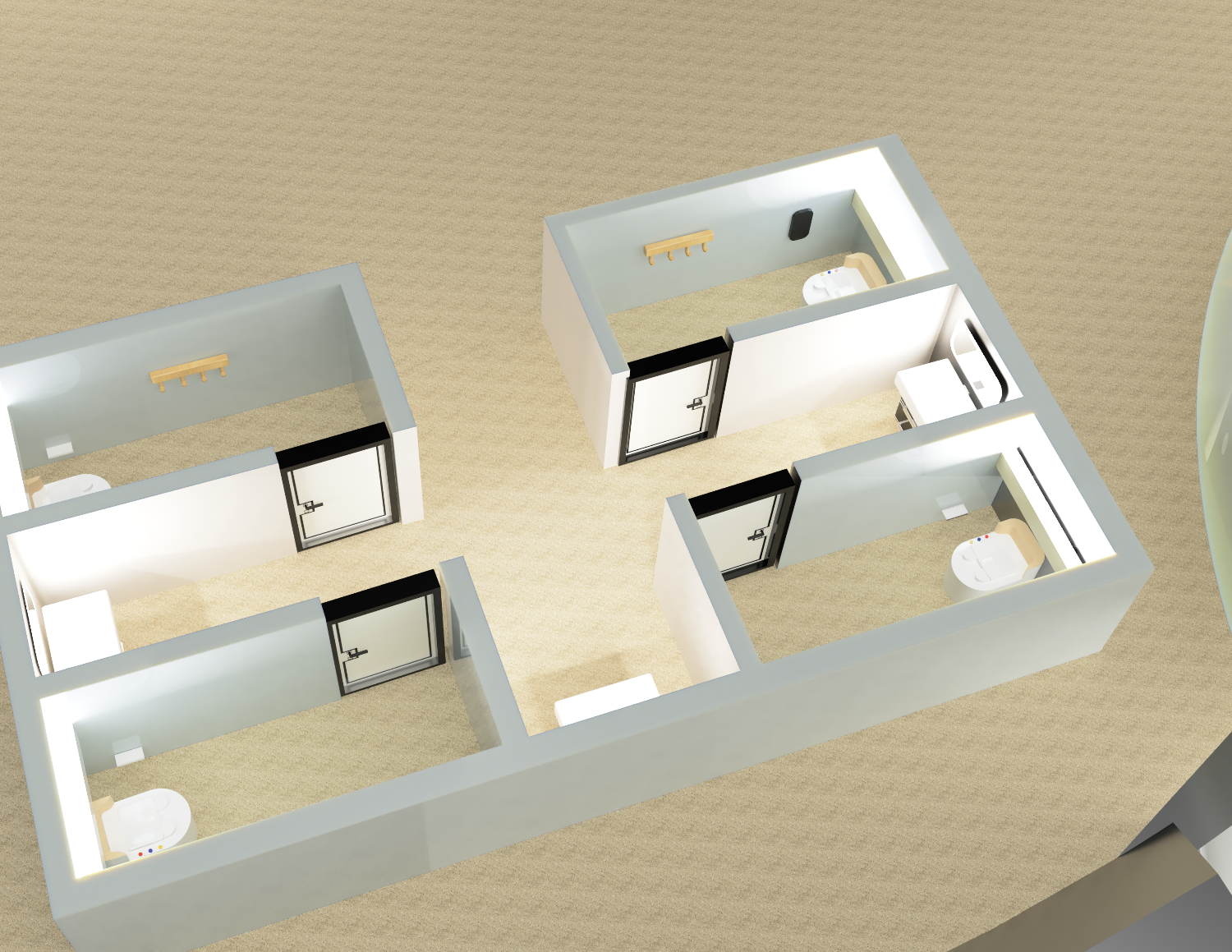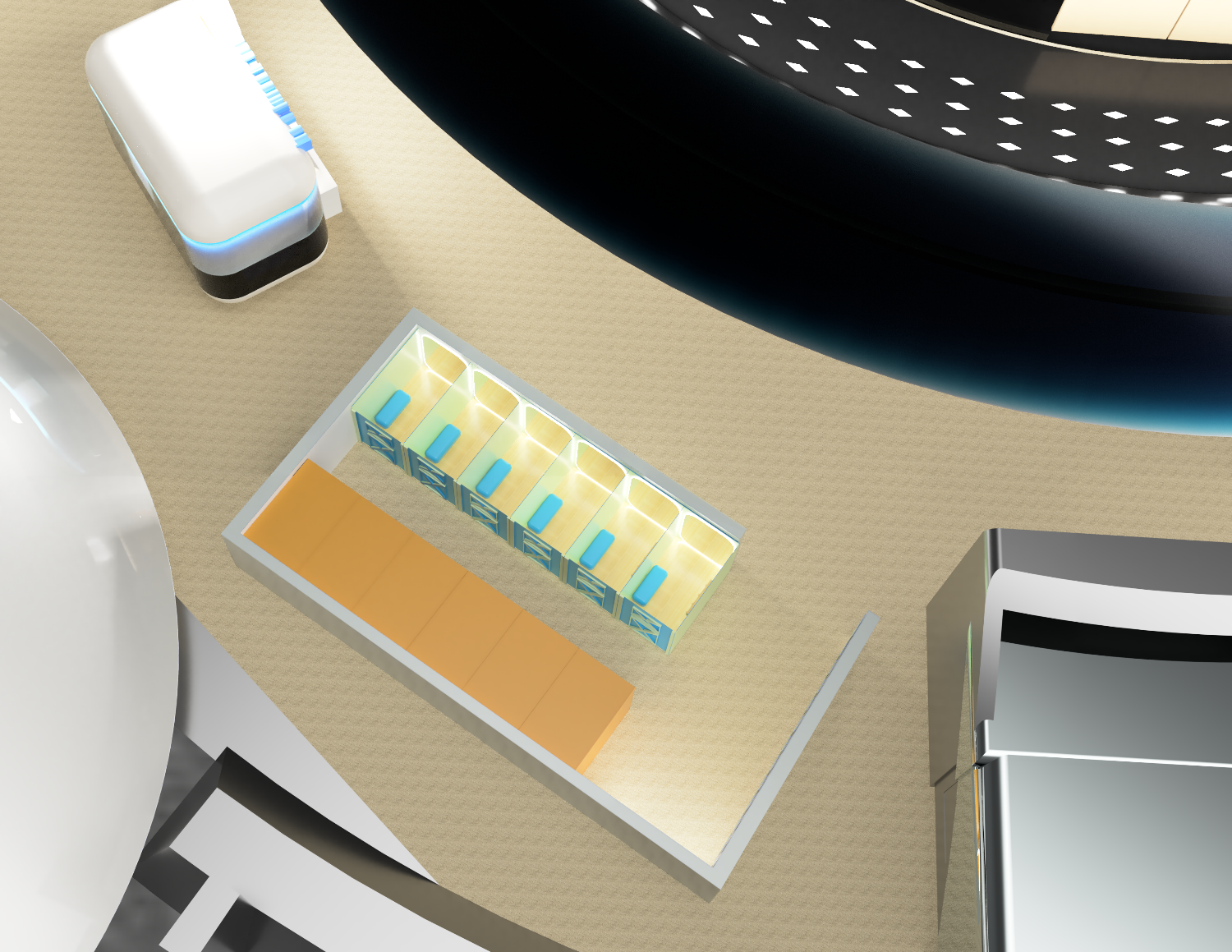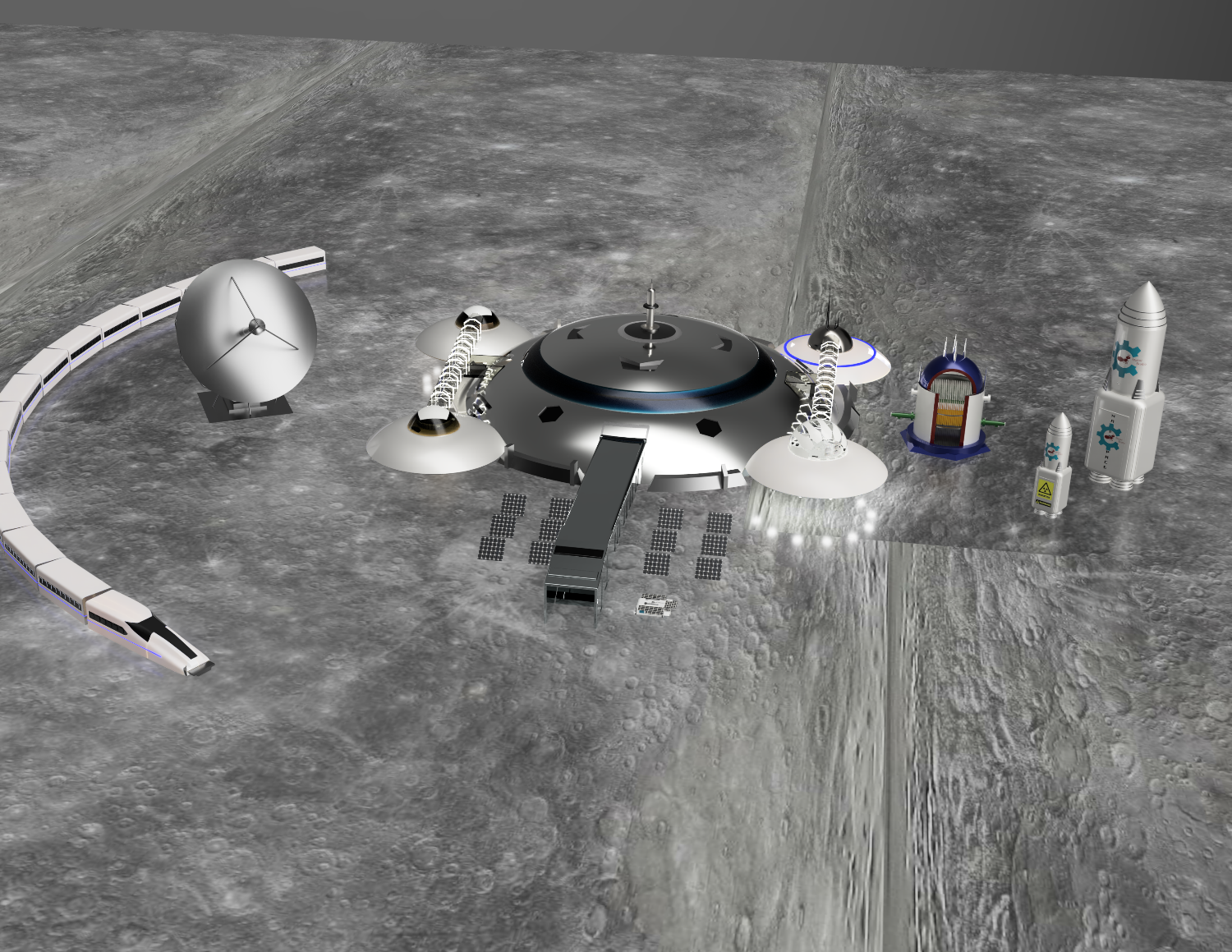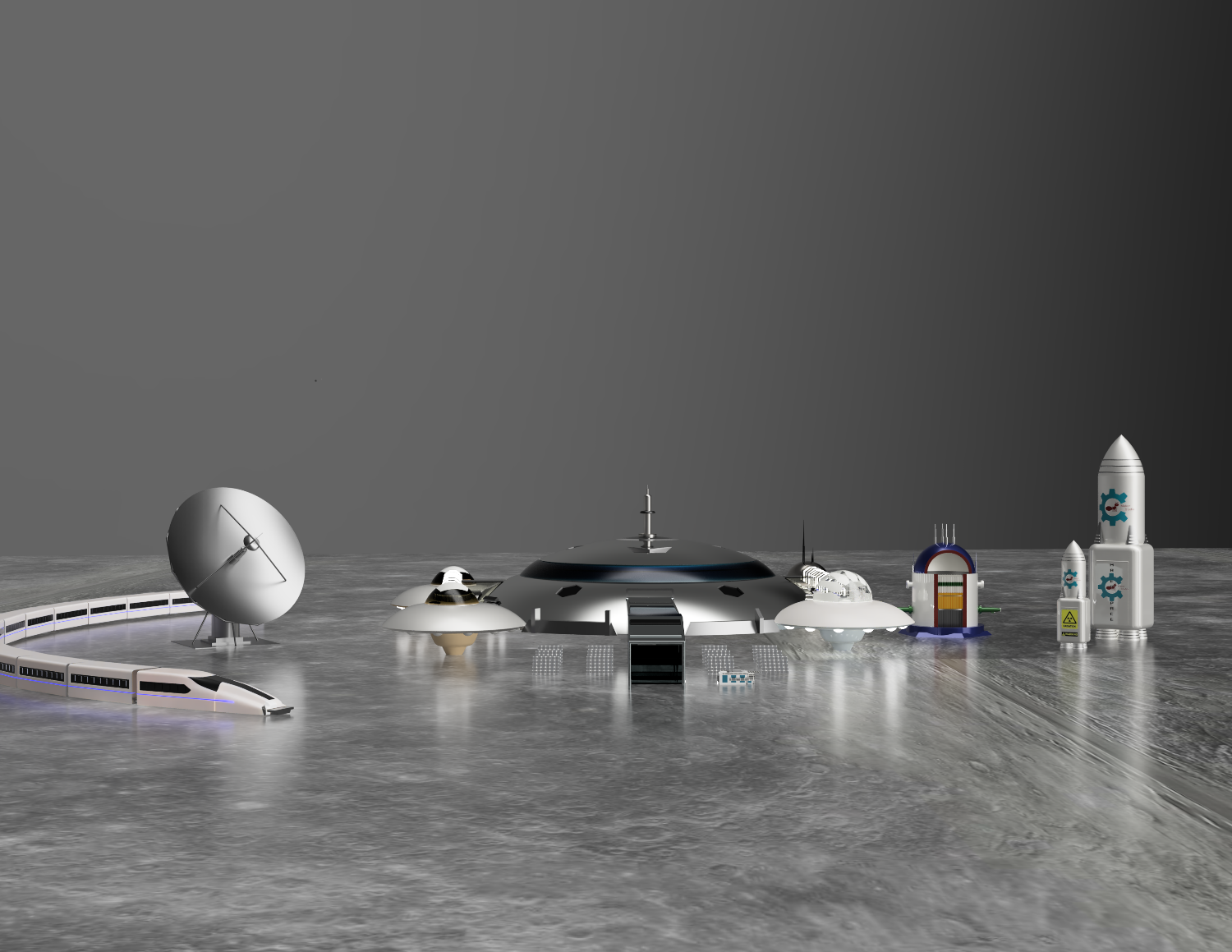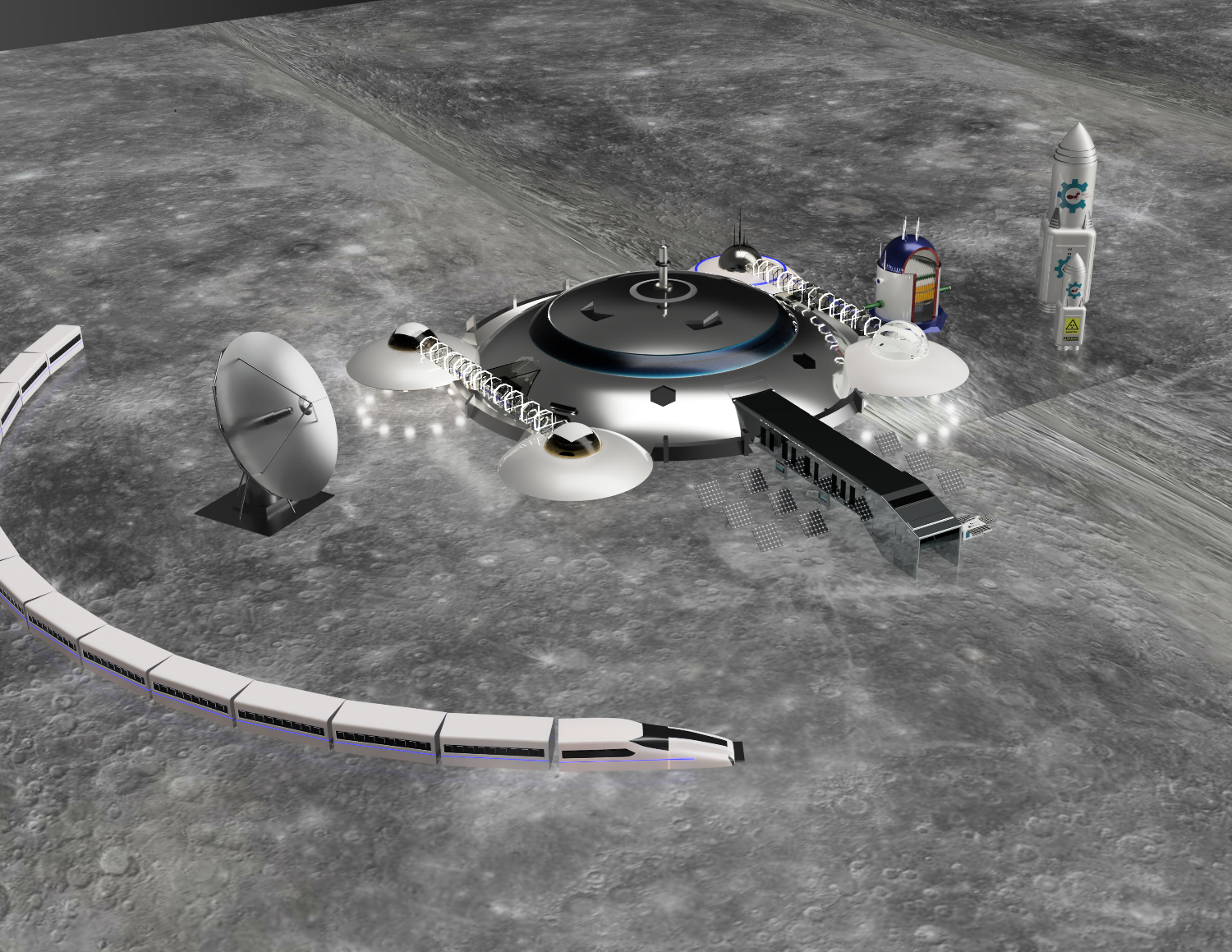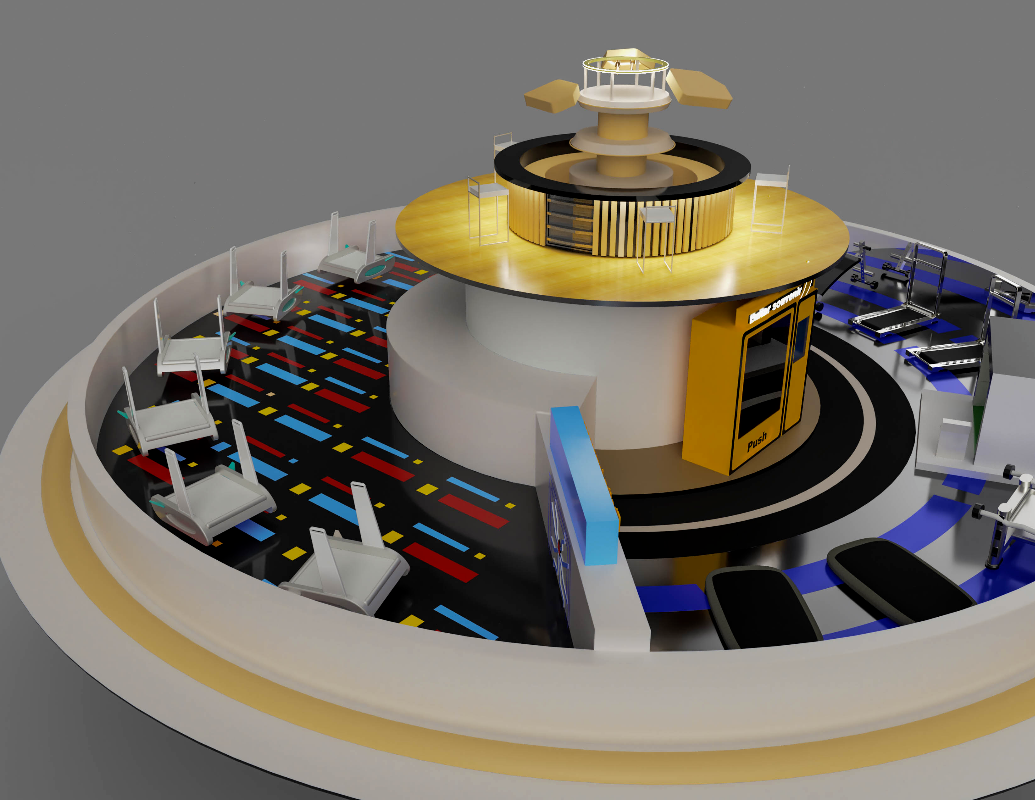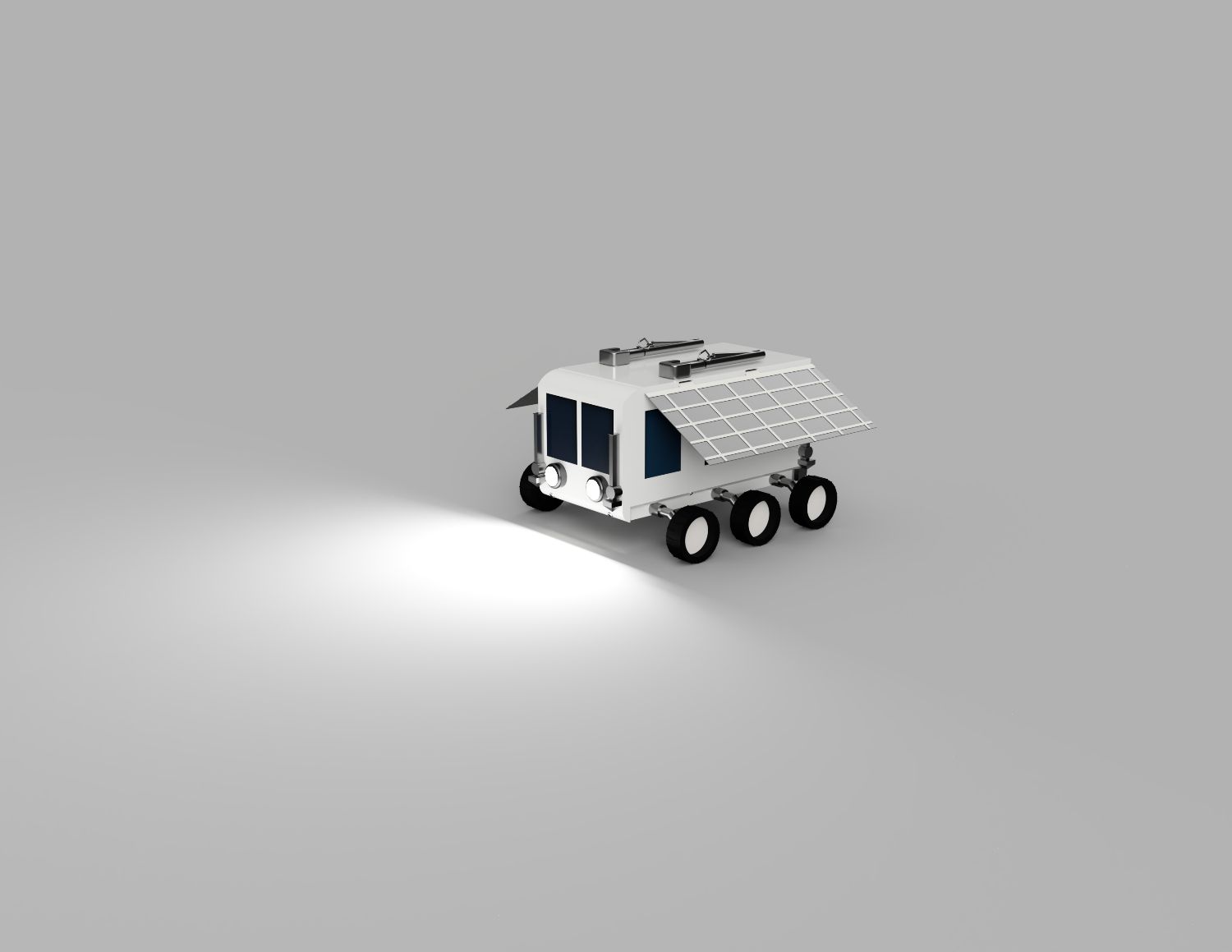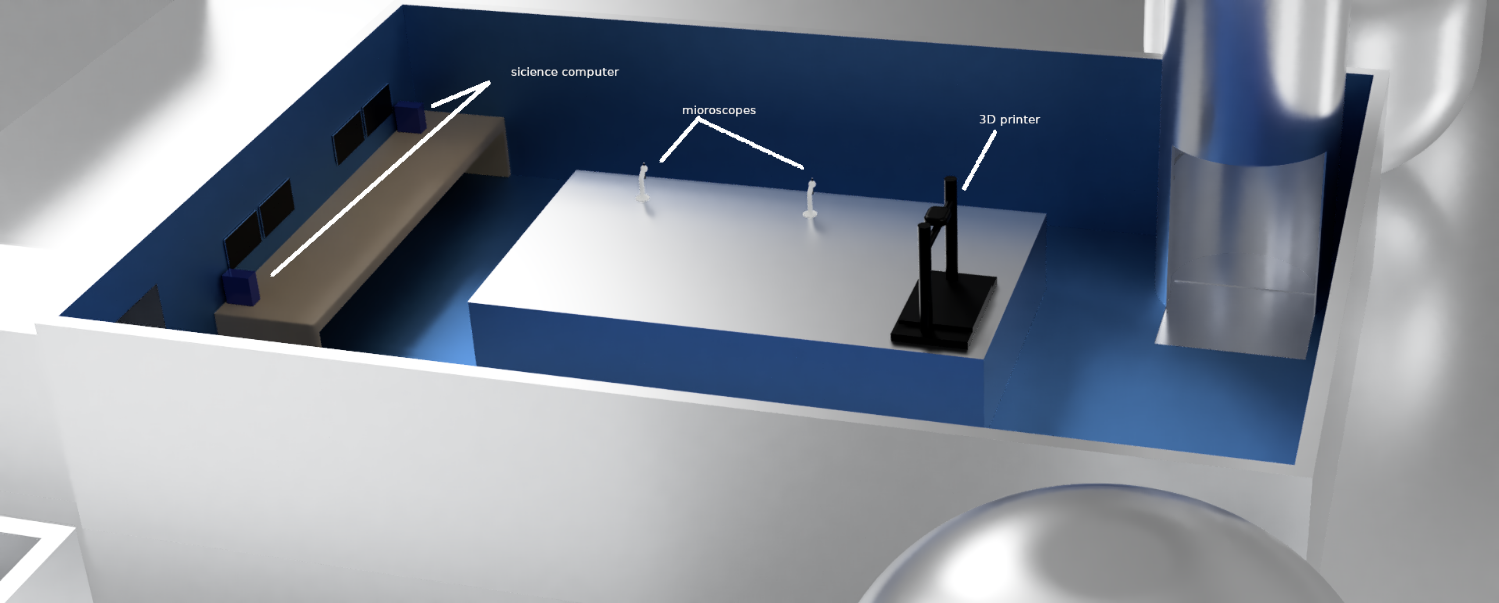Moon Camp Pioneers Gallery 2021-2022
In Moon Camp Pioneers each team’s mission is to 3D design a complete Moon Camp using Fusion 360. They also have to explain how they will use local resources, protect astronauts from the dangerous of space and describe the living and working facilities.
Team: Newcomers get started
郑州轻工业大学附属中学 河南省郑州市 China 19 4 / 1
External viewer for 3d project
|
Project description
Translation: Original Text: |
|||
|
2.1 Where do you want to build your Moon Camp?
Translation: Original Text: 2.2 How do you plan to build your Moon Camp? Describe the techniques, materials and your design choices.
Translation: Original Text: 2.3 The environment on the Moon is very dangerous for the astronauts. Explain how your Moon Camp will protect them. (maximum 150 words)
Translation: Original Text: |
|||
|
2.4 Explain how your Moon Camp will provide the astronauts with:
|
Water
|
Food
|
Power
|
Air
|
|
Lunar ice in permanently Shadowed pits would be the most readily available source of hydrogen and oxygen. It uses mirrors to reflect sunlight to melt ice, and then captures water vapor through a dome above the lunar crater. The water is then purified by electrocoagulation. |
Kale is a crop that grows well in confined Spaces and contains nutrients that degrade most easily in storage (vitamins C1, K, and potassium). On the moon, astronauts will grow crops in water. They will use white and red LEDS to change the mineral and vitamin content of the plants by adjusting the illumination. |
1. Solar arrays gather energy from sun and photovoltaic cell store the energy, while solar concentrators generate heat to support, for example, 3D printing. |
1. As part of a closed ecosystem, plants can recycle organic waste and convert carbon dioxide into breathable oxygen. |
|
2.5 Explain what would be the main purpose of your Moon Camp.
Translation: Original Text: |
|||
|
3.1 Describe a day on the Moon for your Moon Camp astronaut crew.
Translation: Original Text: 早上,宇航员在他们的房间里醒来,短暂地洗漱,然后上楼享受他们的饭菜和月亮的光芒。然后,宇航员将能够乘坐压力大的漫游车或磁铁火车,在阿波罗国际历史公园等月球景点中穿梭,体验前人的脚步声。大大小小的月海,感受小行星的力量。带领游行队伍的智能机器人导游将向他们介绍重要文化遗址的历史背景和取得的重大科学成果。参观结束后,我回到基地,穿上舒适的衣服,参观了温室中植物的奇妙生长过程。我觉得今天的食物特别甜。下午,宇航员可以在基地进行免费活动,去特别商场,享受月球小吃,还可以有纪念品带回家与亲朋好友分享。运动型的宇航员也有玩耍的地方,健身房,低重力自行车场,是一个不错的选择。悠闲地下午漫步到酒吧,点一杯月球起源冰,以平静你燃烧的心,品尝深月矿井的孤独。晚餐结束后,宇航员可以回到休息室,回顾他们在月球上的一天,并在更灿烂的星空下入睡。 |
|||


